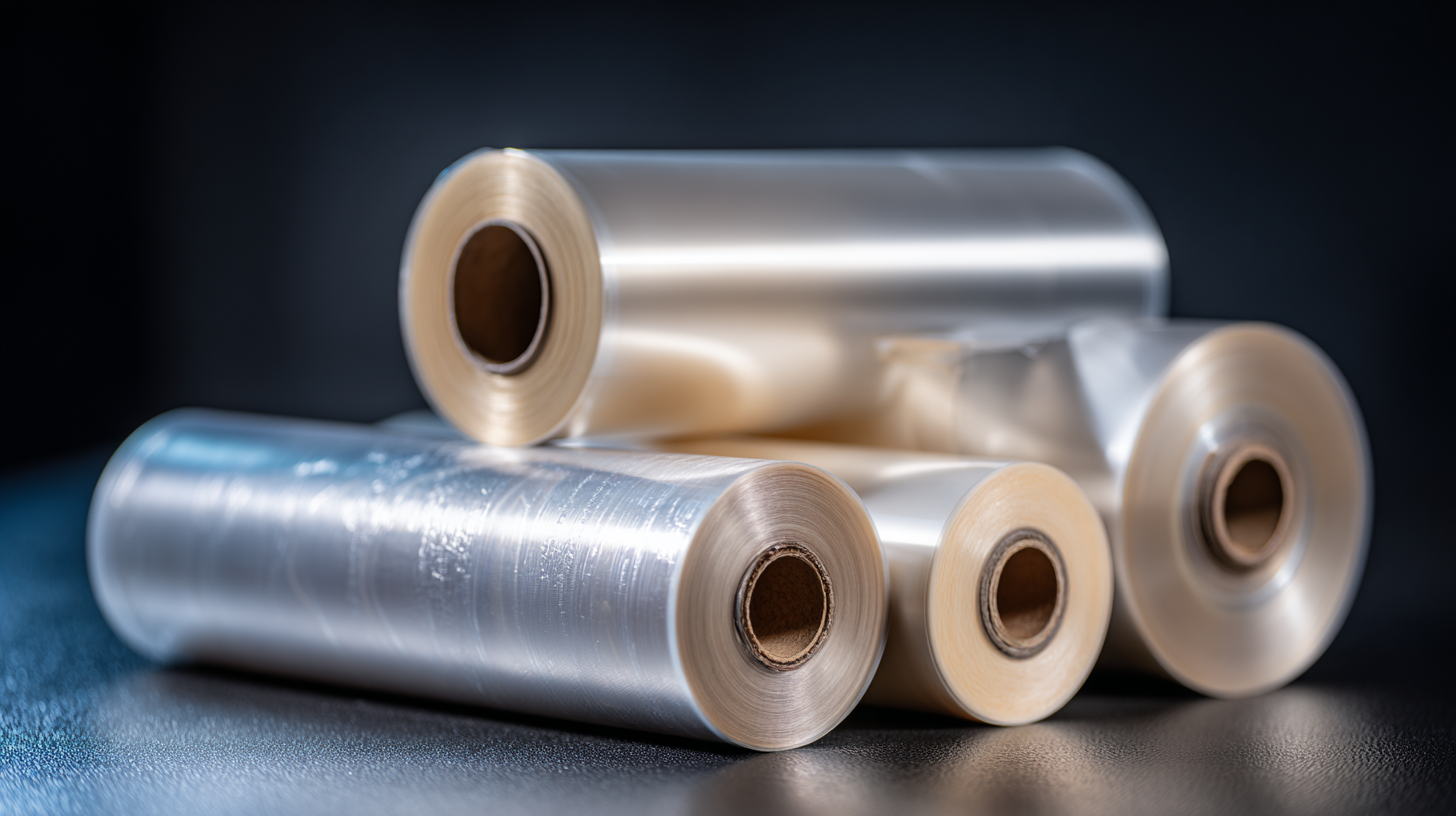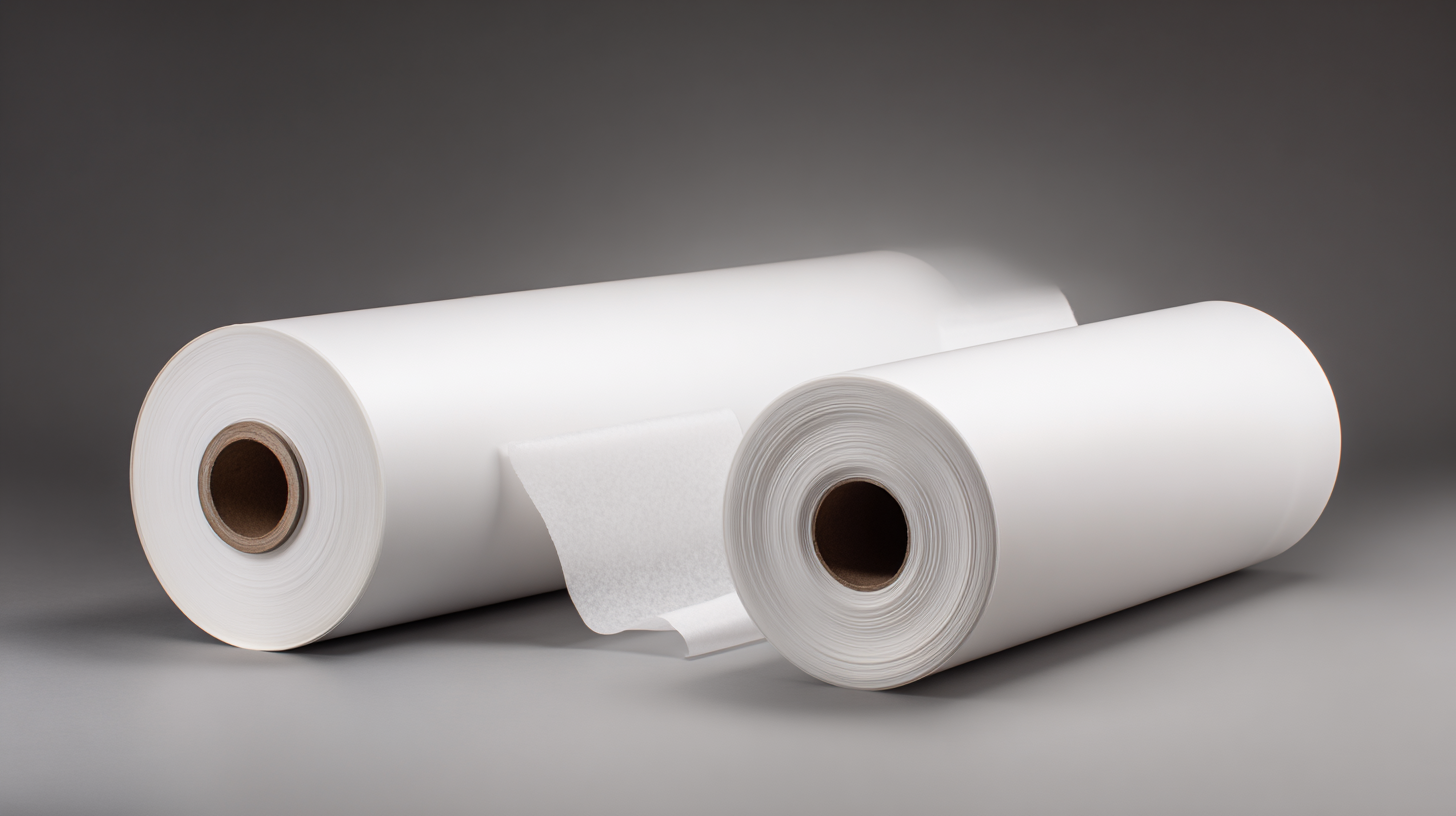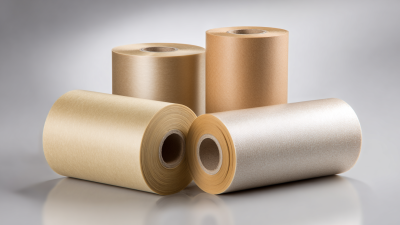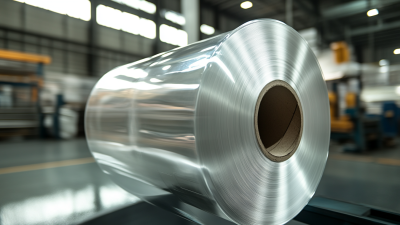- Phone:+86 15218629499
- Phone: +86 15766990063
- E-mail: Yzprinting01@163.com
As the demand for sustainable packaging solutions intensifies, the film roll packaging industry is at the forefront of this critical transition. Recent market analyses indicate that the global packaging market is projected to reach USD 500 billion by 2025, with sustainable packaging accounting for a significant share due to increased regulatory pressures and consumer preference for eco-friendly options.

According to a report by Smithers Pira, it is estimated that sustainable packaging will grow at a compound annual growth rate (CAGR) of 5.1% through 2024, highlighting the urgent need for innovative approaches in film roll packaging. This shift is not just an environmental necessity but also a strategic business opportunity, as brands seek to enhance their sustainability profiles while optimizing cost efficiency.
By integrating digital advancements and best practices, stakeholders in the film roll packaging sector are poised to redefine industry standards, paving the way for a more sustainable and responsible future.
The future of sustainable film roll packaging solutions is bright, driven by innovative materials that minimize environmental impact while maintaining functionality. Eco-friendly alternatives such as biodegradable films, made from renewable resources, are gaining traction. These materials not only break down more easily but also cater to the increasing demand from consumers who prioritize sustainability in their purchasing decisions.
In addition to biodegradable options, recycled content films are changing the landscape of packaging. Incorporating post-consumer recycled materials not only reduces waste but also promotes a circular economy. As companies move towards these sustainable practices, they also improve their brand image, aligning with the values of conscious consumers.
**Tips**: When choosing sustainable packaging solutions, look for certifications like ASTM D6400 for compostability or FSC certification for recycled paper. Additionally, consider implementing a take-back program to encourage recycling and reduce waste. Engaging consumers in your sustainability journey can build loyalty and foster a community around your brand’s commitment to the planet.

The design strategies for eco-friendly packaging solutions in the film roll industry have gained unprecedented importance as environmental concerns escalate. One effective approach is the use of biodegradable materials that can decompose naturally, reducing landfill waste. Designers are now exploring plant-based polymers and recycled materials that not only serve the functional needs of packaging but also align with sustainable practices. This shift towards more sustainable materials requires thorough research and development, ensuring that the packaging remains durable and protective while minimizing its ecological footprint.
Moreover, innovative design techniques are essential for optimizing the packing process and reducing excess waste. Incorporating minimalistic design principles can lead to fewer materials being used without compromising quality. Additionally, modular packaging solutions that allow for flexibility in size and shape can also enhance efficiency during shipping and storage. By embracing digital printing technology, brands can further reduce their environmental impact, minimizing waste generated during production. These strategies underline the industry's commitment to sustainability while meeting the growing consumer demand for environmentally conscious products.
The landscape of sustainable film roll packaging solutions is rapidly evolving, driven by advancements in technology that enhance the sustainability of packaging materials. According to recent reports, the global market for pulp and paper machinery is poised for significant growth, with an increasing demand for eco-friendly production methods. The market size for paper machines alone is projected to reach several billion dollars by 2025, reflecting the industry's shift towards more sustainable practices. Technologies such as advanced drying systems and refining machines are leading the way in producing packaging paper that minimizes environmental impact while maintaining quality.
In addition, the integration of artificial intelligence in the packaging sector is further revolutionizing sustainable practices. AI can optimize the production process by analyzing data to reduce waste and improve efficiency. This trend is crucial as the industry faces pressures from both regulatory bodies and environmentally conscious consumers demanding greener packaging solutions. By embracing cutting-edge technology, companies in the pulp and paper machinery market can not only enhance their operational efficiencies but also align with the growing emphasis on sustainability, ultimately contributing to a more eco-friendly film roll packaging landscape.
The life cycle assessment (LCA) of film roll packaging options is crucial in determining their environmental impact and sustainability. This comprehensive evaluation includes various stages, from raw material extraction to production, distribution, usage, and end-of-life disposal. By analyzing each phase, stakeholders can identify opportunities to minimize ecological footprints while maximizing resource efficiency. This assessment helps in understanding the trade-offs associated with different materials, such as traditional plastics versus bioplastics, enabling more informed decisions in packaging design.

Furthermore, LCA highlights the importance of innovation in developing sustainable film roll packaging solutions. Advances in materials science and technology can lead to the creation of eco-friendly alternatives that maintain performance while reducing reliance on non-renewable resources. For instance, incorporating recycled content or transitioning to compostable films can significantly lower emissions and waste. By focusing on life cycle impacts, industry players can prioritize strategies that not only meet consumer needs but also align with global sustainability goals, paving the way for a greener future in the packaging sector.
The push for sustainable packaging solutions in the film roll sector is increasingly characterized by
collaborative approaches among industry players. As the food packaging industry grapples with
environmental pressures, the integration of circular plastic systems has emerged as a
promising strategy. According to recent studies, approximately 80 million tons of plastic are produced globally for packaging each year,
significantly contributing to environmental degradation. By embracing recycling, reuse, and
resource efficiency, stakeholders can mitigate the adverse effects of plastic reliance.
Collaborative efforts are essential to rethinking packaging scalability and sustainability. Events focused on
Environmental, Social, and Governance (ESG) strategies, such as the top sustainability conferences set for 2025 across Europe,
highlight the growing recognition of collective action. Companies are incentivized to develop sustainable packaging
practices that align with emerging regulatory frameworks, such as the Packaging and Packaging Waste Regulation (PPWR)
scheduled for implementation in 2024. This legislation will prompt businesses to innovate
and prioritize compliance, ultimately fostering a more sustainable film roll packaging landscape. Through these
joint initiatives, the film roll packaging industry can pave the way for a circular economy,
enhancing both environmental stewardship and operational efficiency.






